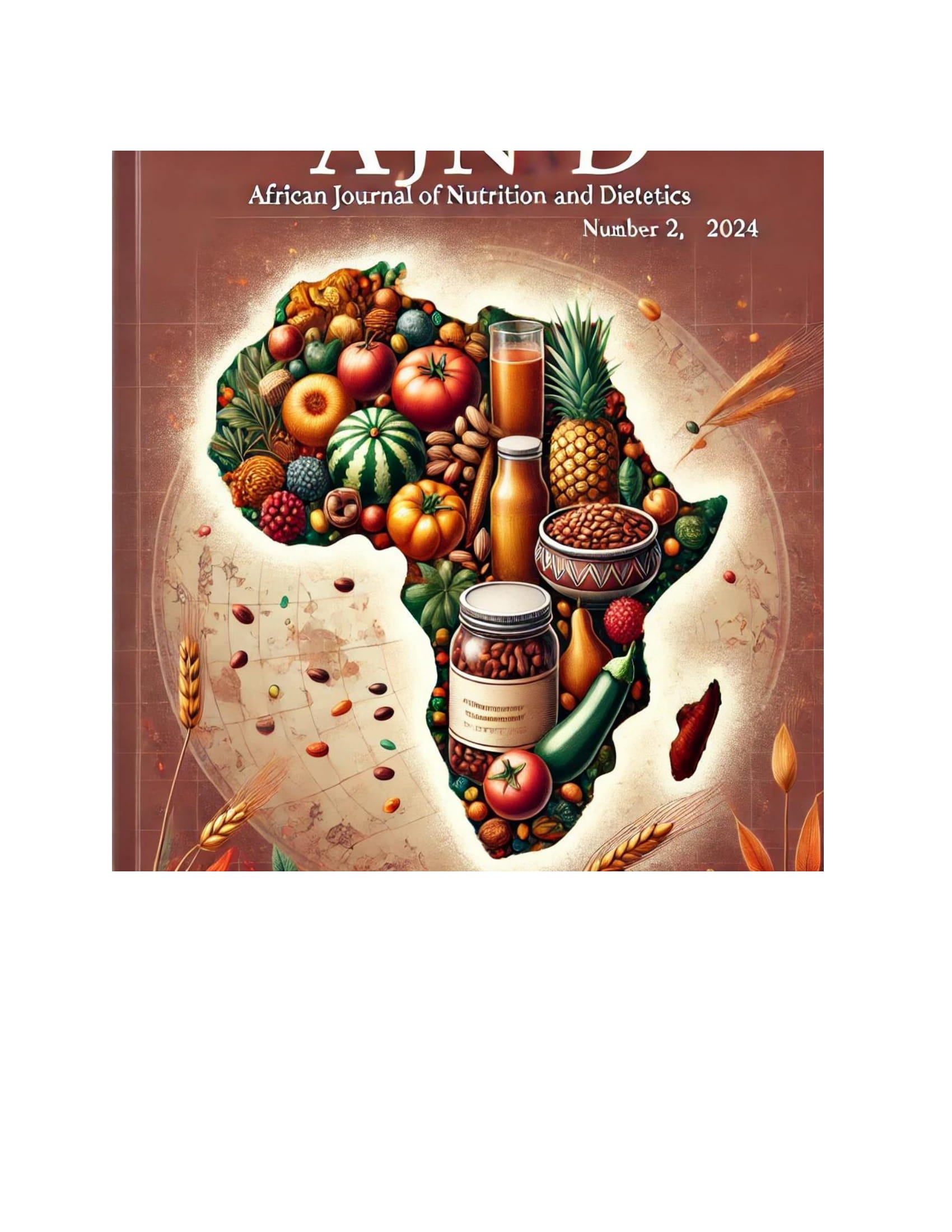Prevalence and Contributing Factors of Stunting and Obesity among Schoolchildren Aged 5–18 in Kamsar, Guinea: A Cross-sectional Survey
Keywords:
stunting, ASAL - Arid and Semi-Arid Lands, CBS- Central Bureau of Statistics, FAO- Food and Agricultural Organisation, FFE- Food for Education, HGSFP- Home-Grown School Feeding Programme, MDGS- Millennium Development Goals, NGO- Non -NonGovernmental Organisation, obesity, schoolchildren, guineaAbstract
The coexistence of undernutrition and obesity places a double burden on health systems in many African countries, including Guinea. We conducted a pilot cross-sectional study in Kamsar, Guinea, to determine the prevalence of stunting and obesity among adolescents and schoolchildren. The cross-sectional study was conducted from 17th to 19th January 2022 with measurements taken on children’s weight, height, waist, and hip circumferences. The proportion of stunting, overweight, obesity, and concurrent burden of stunting and obesity were estimated based on the anthropometric measures determined using the WHO growth reference standards. Univariable and multivariable logistic regression models were fitted to identify factors associated with stunting, obesity, and concurrent obesity and stunting. Among 298 schoolchildren Aged 5–18 included in this study, the overall prevalence of stunting was 7.8% [95% Confidence interval (CI): 5.2% - 11.4%], overweight or obesity was 31.5% [95% CI: 26.4% – 37.1%], and 3.4% [95% CI: 1.8% – 6.1%] had concurrent stunting and obesity. Age was the only factor independently associated with stunted growth [Odds Ratio (OR): 1.46; 95% CI: 1.17– 1.81]. The independent factors associated with overweight or obesity were every yearly increase in age [Adjusted OR (AOR): 1.50; 95% CI: 1.26 –1.80]; family history of diabetes [AOR: 3.52; 95% CI: 1.55 − 7.98], those who reported not exercising in the previous week of the survey [AOR: 7.64; 95% CI: 3.47− 16.83], those who spent more than 4 hours daily on hobbies [AOR: 4.35; 95% CI: 2.19 − 8.63], and those whose parents worked in the mining company [AOR: 0.14; 95% CI: 0.05 − 0.38]. The findings suggest that stunting and obesity coexist and identified factors contributing to stunting and obesity in schoolchildren are age, physical activity, family history, and where parents work. It is important to promote healthy lifestyles to reduce “obesogenic” exposures.
Downloads
Published
How to Cite
Issue
Section
Copyright (c) 2024 Mahamoud Sama CHERIF, Ibrahima CONDE, Facely CAMARA, Mamoudou TOURE, Marie Elisabeth Hyjazi, Macka DIABY, Abdoul Salam DIALLO, Foumba CONDE, Moustapha KOUYATE

This work is licensed under a Creative Commons Attribution-NonCommercial 4.0 International License.



